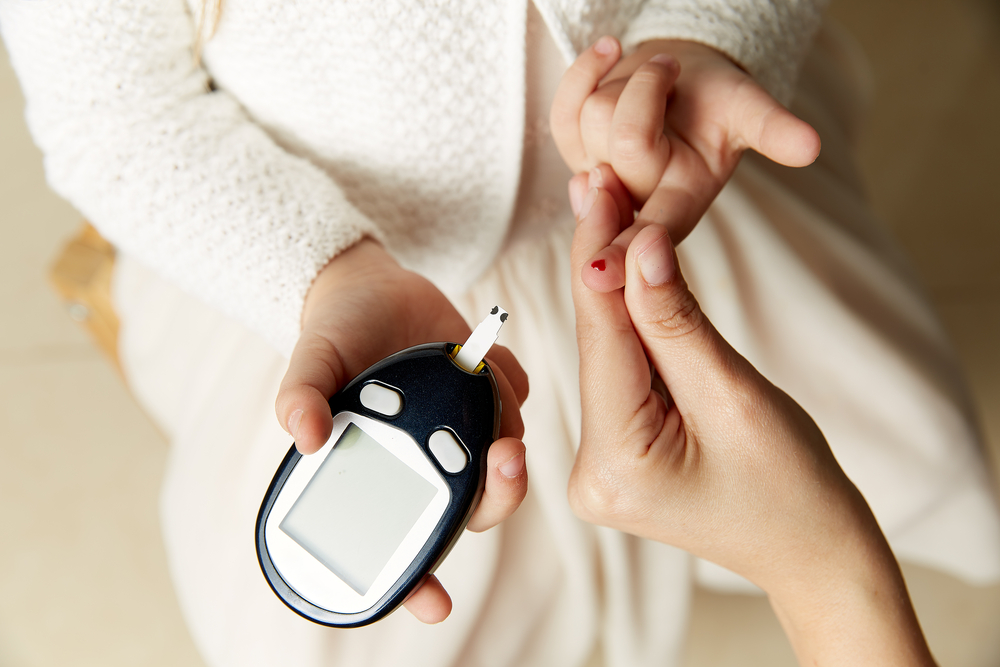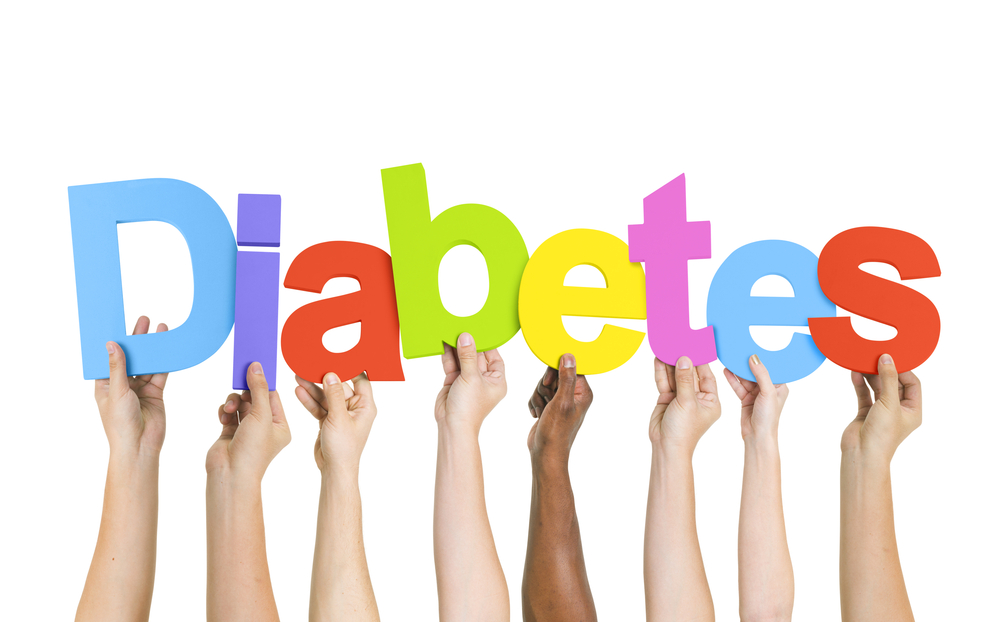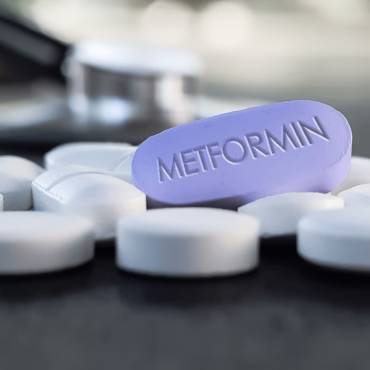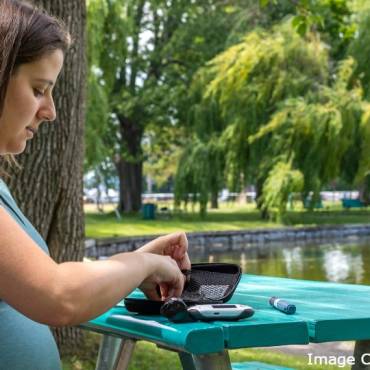Type 1 diabetes affects almost 10 to 15% of all people living with diabetes. Diabetes is a health disorder where there is excess glucose in the bloodstream. A diabetic patient is not able to manage glucose levels in normal ranges.
Glucose (sugar) is the richest source of energy for a human body. An individual can get carbohydrates from food containing carbohydrates, including rice, fruits, legumes, yogurt, pasta, starchy vegetables, milk, sweets, and cereals. Our body breaks carbohydrates down to glucose, which enters the blood stream to produce energy. The glucose gets to enter the muscle cells and can be used for energy, insulin, a hormone must be available.

Also Read: Manage Your Diabetes, Insulin & High Blood Sugar with the Ultimate Diabetes Supply Kit
Diabetes (type 1) is a lifelong autoimmune health condition that develops when the pancreas unable to make insulin because the cells that make the insulin have been damaged by the body’s defence system. Whereas type 2 diabetes is a common type of diabetes that occurs 80 to 85% of all people with diabetes. Regular exercise, healthy eating, and diabetes medications are required for type 2 diabetes treatment.
Type 1 causes
The cause of type 1 diabetes is still not known. It is believed that the body has an abnormal reaction to the cells triggered by a virus or other infection. Some people carry genes that are more likely to cause type 1 diabetes. Diabetes develops in these people when something triggers the immune system to start killing the beta cells in the pancreas that produces insulin. The trigger for this type of diabetes are still not understood. The disease is very common in people under 30.
Symptoms of diabetes
The most common symptoms of type 1 diabetes include:
- Mood changes
- Unexplained weight loss
- Going toilet to pass urine more often
- Being thirsty and drinking ore than usual
- Feeling lethargic and low on energy
Note that the symptoms of diabetes can develop quickly and require immediate medical help. If the type of diabetes is undiagnosed or left untreated, a condition called diabetes ketoacidosis will occur. Diabetic ketoacidosis occurs when the body is not able to use glucose for energy and ketones chemicals are produced. Raised glucose levels and the presence of ketones in the bloodstream cause the blood to become too acidic, which leads to a loss of body salts and fluids. This condition is life-threatening and requires immediate medical help.
Management of type 1 diabetes
Type 1 diabetes must be managed by getting blood glucose levels within the target range suggested by the health care specialist. Patients are often prescribed by insulin injections that need to be taken daily along with a healthy eating plan and regular physical activities for diabetes care. The health care specialist will decide depending on the condition of the patient that how often he/she requires it daily. Managing blood glucose levels daily can not only help prevent long-term complications, but also prevent short term symptoms. Health conditions like kidney, eye, or nerve damage can be prevented by the following instructions of your health care specialist.
It is very important to control cholesterol and blood pressure levels because type 1 diabetes increases the risk of heart diseases. A diabetic patient must do things that help them to protect their heart and that are keeping an eye on cholesterol and blood pressure levels. According to experts, type 1 sufferers should keep their low-density lipoprotein (LDL) cholesterol below 100 mg/dl, and their high-density lipoprotein (HDL) should be above 40 mg/dl. The triglyceride levels of diabetic patients should be below 150 mg/dl, and their blood pressure should come under 130/80. Consult your health care specialist to attain these well-balanced levels.
Also Read: Air Pollution Can Raise Risk of Type 2 Diabetes
To achieve this goal, you need to get regular medical exams. Discuss with your health care specialist about the exams that you require to stay on to treat type 1 diabetes. Your health care specialist will likely recommend a yearly an eye test, foot exam ms, blood, and urine tests.



